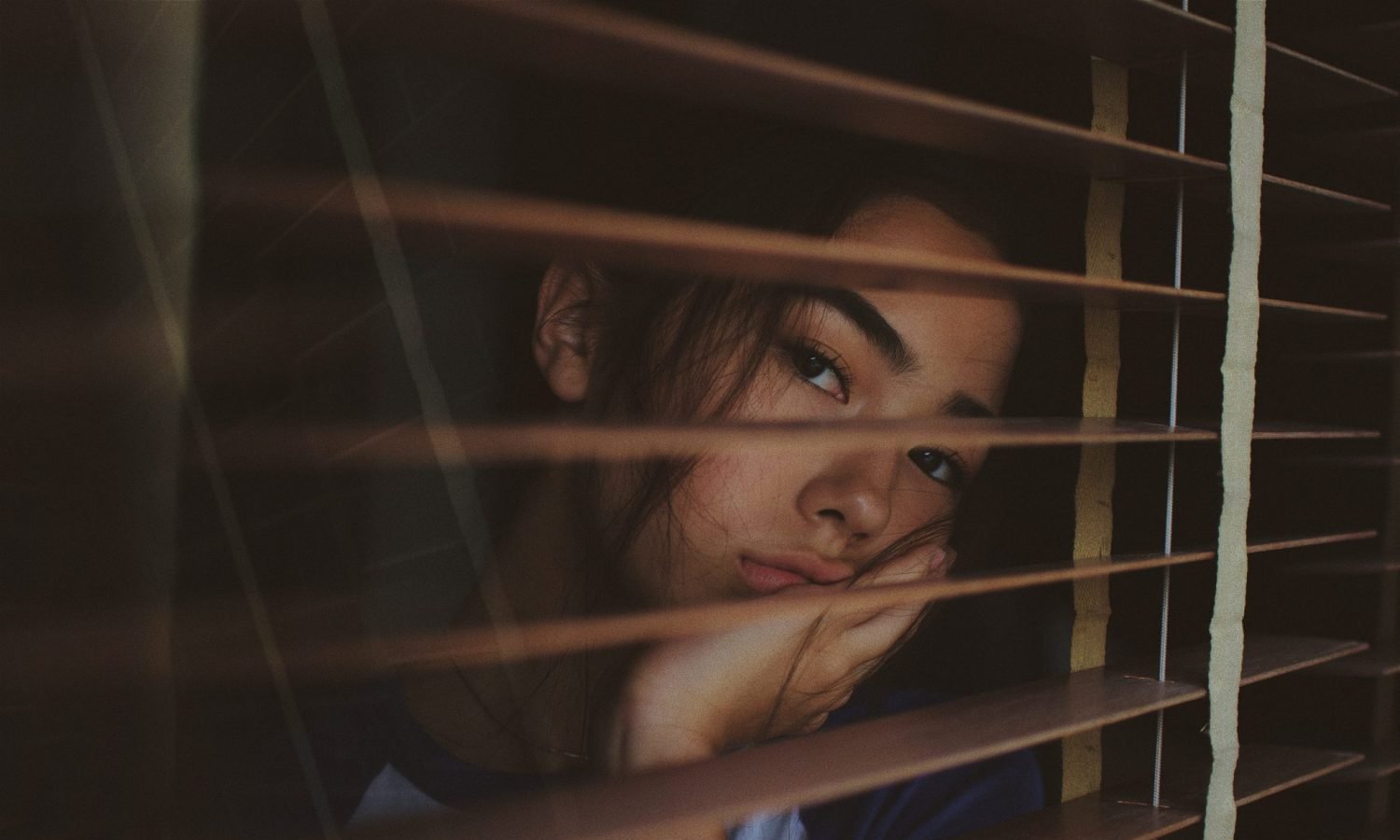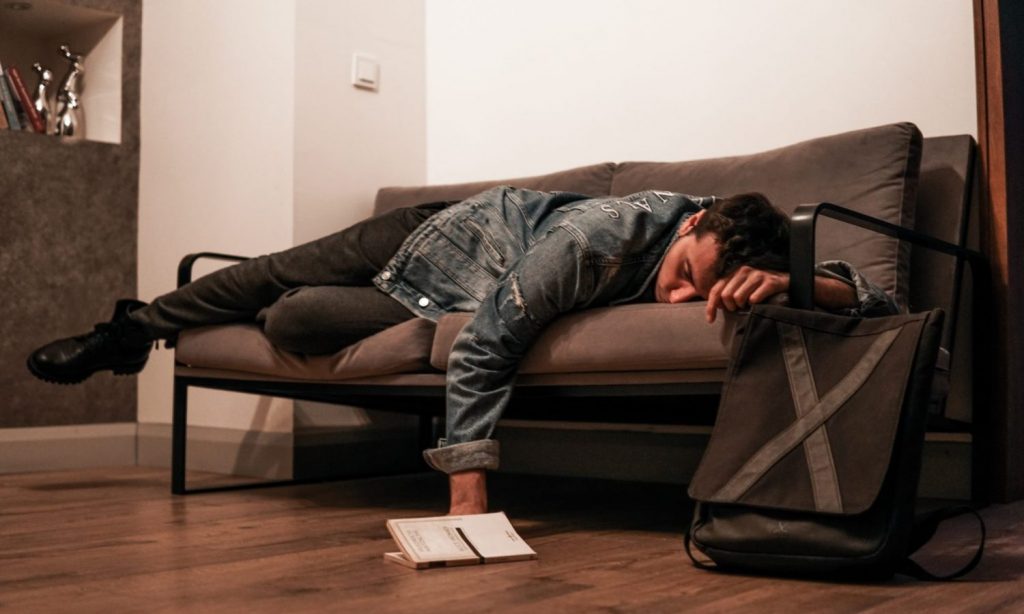
Raise your hand if you’re a fan of winter.
Aside from the cold and shorter days, a lot of people are more prone to seasonal affective disorder (SAD), a type of depression that arrives during winter and vacates when the sun starts to show its face again. SAD affects around 1 in 20 people, throwing a wrench in their days and making it difficult to function and carry on with normal life. But the good news here is that you can prepare for it.
Not a lot is understood about this condition. According to the New York Times, it tends to run in families, affecting women more often than men. Some experts believe it’s possible to, in a way, trick your body with some foresight and knowledge. Here’s how.
Understand the Stages of SAD

According to experts, seasonal affective disorder functions in stages. At the start of the winter season, symptoms include sleeping for longer hours, having difficulty getting up in the mornings and craving carbs. Later, within three or four weeks, it’s possible to develop major depression. The key lies in tending to your condition before you reach the depression period. Experts recommend using bright light therapy, the most direct and efficient method of treating this condition, for a half hour every morning. This method provides better results than medication although users must be consistent in order to reap benefits.
The Sooner You Start, the Better

This is a good time to start preparing for winter depression. Slowly, start creating pockets of time where you do activities that make you feel physically and mentally happy and balanced, from regular workout sessions to pursuing fun habits to reconnecting with old friends. Consider these experiences and activities as you stocking up for what’s to come. The more fulfilled you feel, the better.
Spend Time Outside

RELATED: 5 Signs You Should Consider Therapy
Most experts agree that going into hibernation mode isn’t great, even if that is what your body is craving. Make time for daily walks, of at least 20 to 30 minutes. If you could add in an activity to look forward to outdoors, that’s even better.
Consider a Doctor

RELATED: Can Cannabis Help My Seasonal Depression?
Sometimes the best way to treat a condition is with the help of medication. Pay attention to your symptoms and track them so you know if they’re increasing. This way, you can talk to someone who can provide you with the proper guidance.



